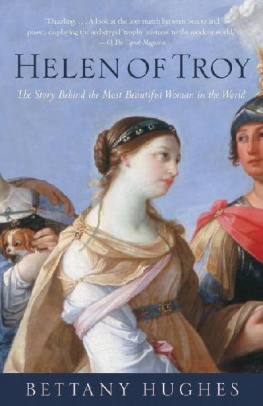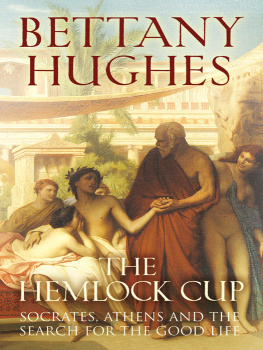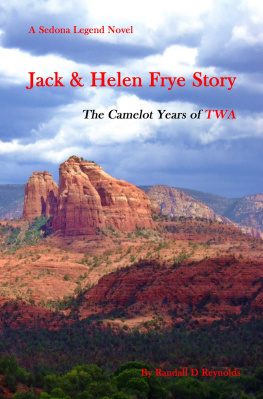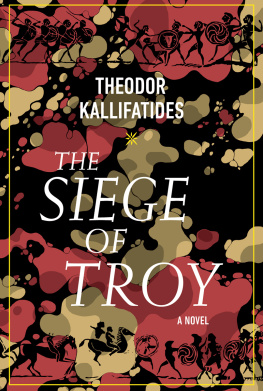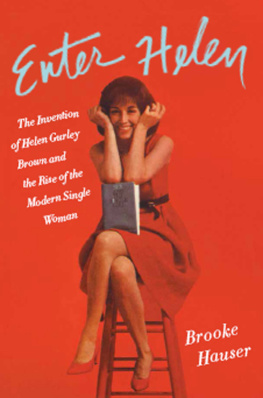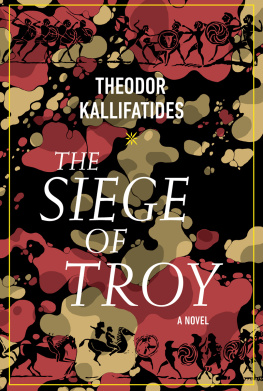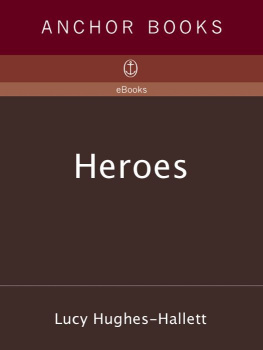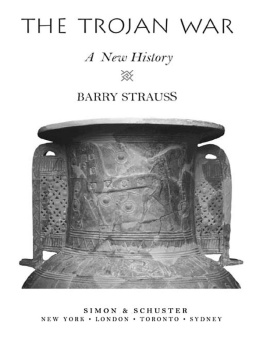Acclaim for Bettany Hughess
HELEN OF TROY
Helen-ophiles, rejoice! Helen of Troy gives you everything you ever wanted to know about The Face That Launched a Thousand Ships. Hughes has brilliantly and exhaustively covered her subject from more angles romantic, historical, archaeological, mythological, psychologicalthan even Paris could dream of on his best night.
Steven Pressfield, author of Gates of Fire and The Virtues of War
The nuggets garnered from archaeology in particular are often revelatory. The details coalesce to conjure up an aspect of this age in its satisfying entirety, a place the reader can enter and explore.
The New York Times
Hughes splendidly reclaims Helen from centuries of helpless victim-hood. This book puts Helen of Troy at the centre of a world in which, as Bettany Hughes convincingly explains, the primordial power was female.
The Observer (London)
Vivid and evocative. Underpinned by a sure-footed sense of narrative flow. It will be a resource for students and scholars as well, I think, as a great pleasure for the wider public. I enjoyed it thoroughly and recommend it most highly.
Lesley Fitton, Chief Bronze Age Curator in the department of Greek and Roman Antiquities, British Museum
Hughess portrait is as close to a real, living Helen as we are likely to get. In an increasingly sexualized culture, the questions Helen raises are more alive than ever.
Financial Times
The most exciting thing about this book is its hot fascination with the past, its almost ecstatic pursuit of a sensuous history. A passionately sensed and recorded homage to Helen. Hughes reminds us now, at the end of a long history of Puritanism and misogyny, of a time when womens dominion over the produce of the earth, and their own sexual powers, made some of them potent subjects and radiant objects of worship, adoration and desire.
Page DuBois, professor of Greek History and Cultural Studies, University of California, San Diego, in The San Diego Union-Tribune
Fantastic. I have never, EVER, read anybody write so well about travels in Greece and going to explore archaeology.
Edith Hall, professor of Greek history at Durham University
A real tour de force. It combines astonishing erudition and knowledge of the early classical world with a wonderful, easy fluency of writing. It has taught me a lot, and I have enjoyed every page.
John Julius Norwich
An investigative achievement.
The Guardian (London)
An extraordinarily comprehensive account of one of the most enigmatic women of all time; a brilliant and fascinating history.
Professor Lord Robert Winston
A wonderful read. Its what great history is all aboutexcitement, a fast-moving story, packed full of information, accessible and brainy, a dazzling combination. Bettany Hughes puts women slap-bang right back at the heart of things.
Kate Mosse, author of Labyrinth
Evoking in sensuous and gorgeous prose the citadels, the palaces and the luxuries of that long-vanished world, history and mythography have been dazzlingly elided. In this passionate book, Hughes adds to Helens mystery powerfully.
The Sunday Times (London)
Never before has the world of Homers epic, the thirteenth century BC , been brought so vividly to life. Hughes brilliantly evokes the sights and sounds of the Bronze Age, the heady smells of womens perfumes and oils, the rustle of linen over their thighs and breasts, the whisper of their prayers and liturgies. A fascinating, compelling argument. A gripping read.
Dr. Jenny Wallace, Director of Studies in English, Peterhouse College, Cambridge University, in Times Higher Education Supplement
Hughes skilfully brings this period back to life. A fascinating window on to the power politics of an age. A genuinely exciting historical narrative.
The Sunday Telegraph (London)
Bettany Hughes is a cultural and social historian, writer, and television presenter. She received degrees in ancient and medieval history at Oxford University and has carried out research in the Balkans, Greece, and Asia Minor. She has presented numerous documentaries and historical series for the BBC, PBS, and the Discovery Channel, and also writes pieces on popular history for several newspapers and magazines.
PART ONE
PART TWO
PART THREE
PART FOUR
PART FIVE
PART SIX
PART SEVEN
PART EIGHT
PART NINE
PART TEN
ILLUSTRATIONS
Maps
All maps drawn by Henry Buglass, Institute of Archaeology and Antiquity, University of Birmingham.
1 The Mycenaean World; 2 Laconia, the Argolid and Central Greece: Major Mycenaean settlements and traces of roads; 3 The Hittite World (Map 1, The World of the Hittite taken from Life and Society in the Hittite World by Trevor Bryce, 2002, by permission of Oxford University Press); 4 The Troad in the Late Bronze Age; 5 Bronze Age trade routes in the Mediterranean; 6 Helens itinerary through the Eastern Mediterranean and the location of her cult sites.
Part-Title Images
Helens seduction and return. Red figure skyphos, 490480 BC . From Campania or Sessola ( 2005 Museum of Fine Arts, Boston); Signet ring (The Demon Ring) with ritual scene. Gold, c. 1500 BC . From the Tiryns Treasure (National Archaeological Museum, Athens); Statuette of a girl runner. Bronze, c. 550 BC . Found in the sanctuary of Zeus at Dodona (National Archaeological Museum, Athens); Mycenaean diadem. Gold, c. 1550 BC . From Shaft Grave III on the Acropolis at Mycenae (National Archaeological Museum, Athens); Ivory Triad, c. 1300 BC . From the Sanctuary Deposit north of the palace on the Acropolis at Mycenae (National Archaeological Museum, Athens); Linear B inscription, Tablet Ab 553 ( Diana Wardle); Linear B symbols of Man and Woman ( Diana Wardle); Human skull from Mycenae (Mycenae Museum); The Jewels of Helen. Gold earring, c. 2500 BC , discovered by Heinrich Schliemann (bpk/Museum of Antiquities, Berlin; photography by Klaus Goeken); Arrow and spearheads found outside the walls of Troy. Bronze (Troia Project, Tbingen University); Helen. Marble relief carving from altar at Lacus Juturnae, 1st century AD ( German Archaeological Institute, Rome); Female figurine. Marble, c. 2500 BC (Archaeological Museum, Naxos); Snake goddess votary. Faence, c. 1600 BC . Excavated by Sir Arthur Evans, 1903 (Archaeological Museum, Heraklion).
The Birth of Helen. Campanian red-figure bell krater vase, c. 340 BC . The Caivano Painter (Naples National Museum); The ruins of Troy. Manuscript, 15th century AD . From Liber insularum archipelagi by Cristoforo Buondelmonti ( Biblioteca Apostolica Vaticano, Rome); Wall painting from the cult centre at Mycenae

